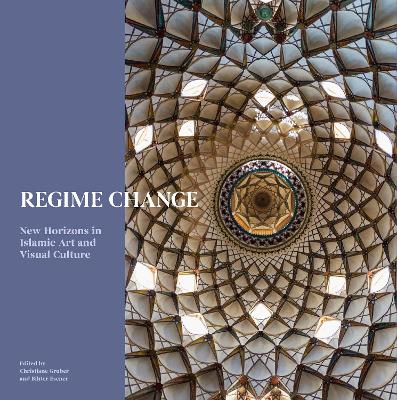The nine essays in this volume were first presented at the Historians of Islamic Art Association’s (HIAA) seventh biennial symposium entitled ‘Regime Change’ and they highlight some of the regimes of thought and changing trends that structure the field of Islamic art history. The authors present new research exploring the intentions of patrons, the agency of craftsmen and their responses to previous artistic production, thereby allowing artefacts and monuments to be set within their historical, social and artistic contexts. In their contributions Annabel Teh Gallop, Dmitry Bondarev and Umberto Bongianino discuss significant changes to Qurʾan production due to dynastic and political regime changes in Sumatra and the Malay peninsula, and in Borno and Morocco in Africa. Corinne Mühlemann looks at changes in the role and status of designers and weavers making silk in Khurasan in the post-Mongol period. Lisa Golombek, Michael Chagnon, and Farshid Emami explore Safavid art and architecture, focusing on the material and sensorial qualities of a group of tiled arch panels with narrative scenes, a delicately painted vase and the clocks of the main square of seventeenth-century Isfahan. Regime change also comes about through technological shifts and in their essays Ulrich Marzolph and Yasemin Gencer ask how the rise of photography and new printing techniques shaped the production, exchange and transmission of images in Iran and Turkey.
- ISBN13 9781914983139
- Publish Date 5 March 2024
- Publish Status Active
- Publish Country GB
- Imprint Gingko Library
- Format Hardcover
- Pages 160
- Language English
